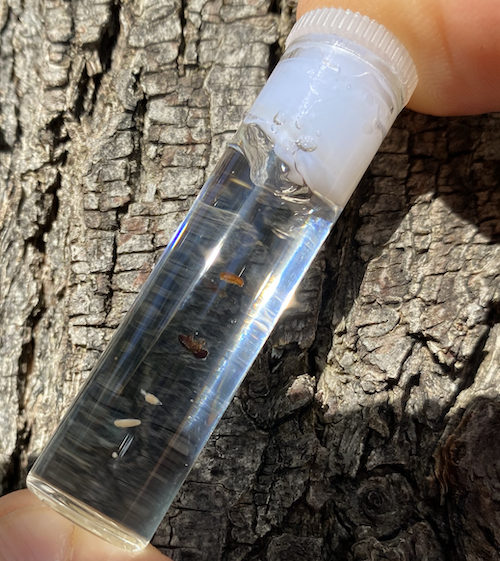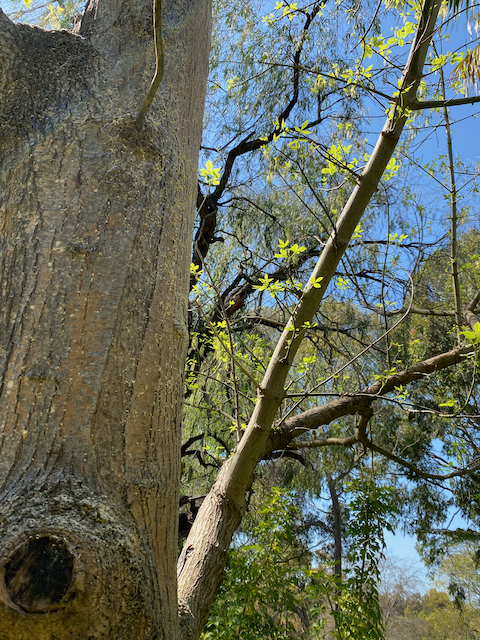Little beetle, big problem.
I recently spent a day with the Polyphagous Shot-Hole Borer Incident Response Team (PSHBIRT for short). Mind blown.
First, I only recently heard of this beetle. It was recently detected in Perth. It shouldn’t be here. If is spreads beyond Perth it could utterly decimate Australia’s avocado industry and it could lay waste to a wide range of native tree species along the way. This little beetle is bad news.

Second, there is a massive effort underway to get rid of it. WA’s Department of Primary Industries and Regional Development have 150 people working on it, right now. It is a huge effort being run with military-like organisation. Finding infected trees is the first problem; second problem is dealing with the public, who love their trees. Case managers all told stories of delivering the bad news to residents: the tree they love is infested; the only treatment is to cut it down and grind the stump 30cm below ground level.

I walked away blown away by the scale of the response, but also by the scale of the challenge. This is an invasion that has only just begun and which is possible to stop, but it will take a huge effort and will take many years. At any stage, the whole thing could get away and leap into the realm of the uncontrollable. There is a clear economic (and environmental) argument for hitting this one hard, but are we hitting it hard enough? Will we look back in five years and wish we had tried harder? Are we deploying our resources here in the most effective way? Are there smarter ways to eradicate this thing? These are questions that gnawed at me after my visit. These are questions I can help answer.
